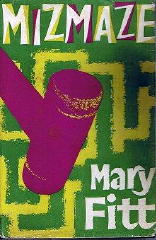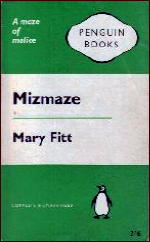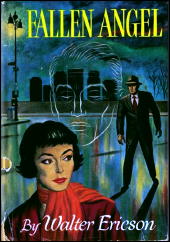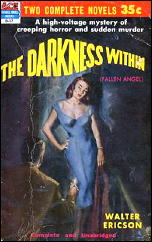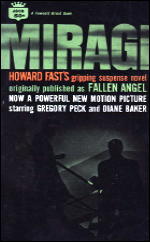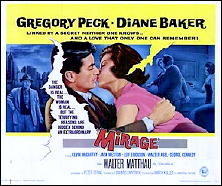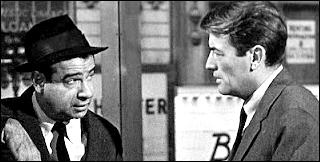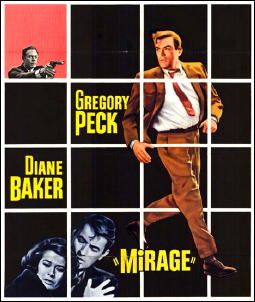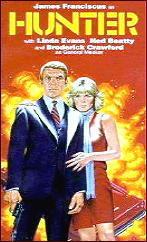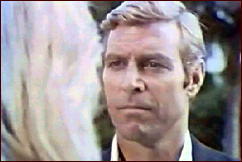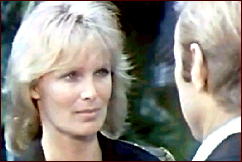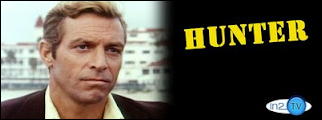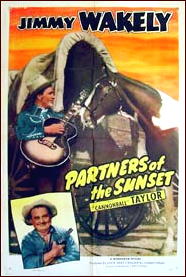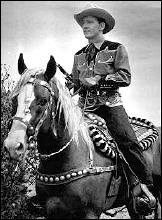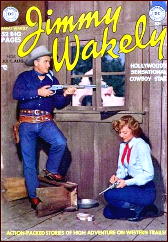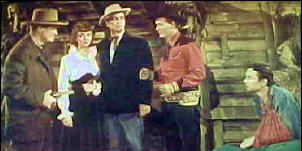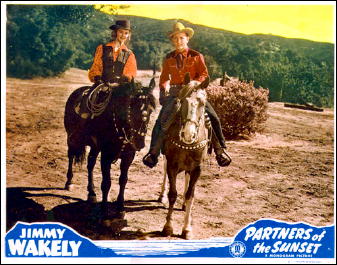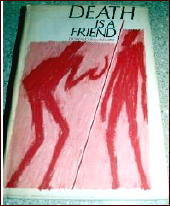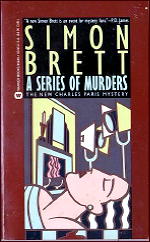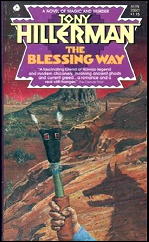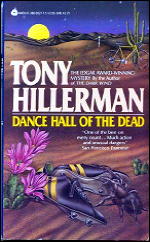ADVENTURES IN COLLECTING:
The FRANK M. ROBINSON Collection Auction
by Walker Martin
Recently I was disturbed to notice that a pulp discussion group that I contribute to seemed to be ignoring or unaware of the fact that a major pulp collecting event had just occurred. In fact, I call it The Pulp Auction of the Century.
I am of course referring to the auction of the collection of Frank M. Robinson, science fiction author, Hollywood screen writer, movie actor (he appears in Milk), and world class collector of high condition pulp magazines. I stress the “high condition” part of the last statement. Frank has been written up many times because of his famous “wall of pulps,” all in fine or very fine condition.
First, what qualifies me to be making such a claim that this was The Pulp Auction of the Century? I’ve been a collector of magazines since February 1956, when as a child, I bought my first issue of Galaxy, a science fiction digest magazine.
I still have that very same issue that seemed to be on every newsstand and in every drugstore in the Trenton, NJ area. Not only does Galaxy no longer exist but most newsstands and drugstores no longer carry SF or crime fiction magazines. There are only five digest fiction magazines left and they all have decreasing circulations in this era of the electronic gadget and the e-book. We might soon live to see the end of an era, the death of the digest fiction magazines.
As the years progressed, I started to collect not only back issues of the SF and crime digests, but I also started to collect the pulp magazines, which ruled the newsstands during the 1900-1955 period.
First I collected complete runs of the SF and fantasy pulps and then I went on to collect all the major detective and adventure titles. Some of my articles concerning these activities have appeared on Mystery*File under the headings of “Memoirs of a Pulp Collector” and “Adventures in Collecting.” I am frankly a lover of old magazines and my collection includes not only pulp and digest, but also slick, men’s adventure, literary magazines and film journals.
So though I live in a house full of thousands of magazines and books, I never really became a “condition collector” like Frank Robinson. I wanted to compile complete runs of magazines and read them but this would be very difficult if I limited myself to only fine condition copies, not to mention the fact that readers are often very reluctant to read high quality magazines for fear of downgrading the nice condition.
This is not to say that I never obtained magazines in beautiful shape; I just did not limit myself to collecting them.
During this 55 year period of collecting I was witness to many pulp sales and auctions. I attended just about every Pulpcon since the first one in 1972. I bought pulps by the thousands and consider myself a serious collector.
So when the rumors started to circulate that Frank Robinson was going to sell his collection of 10,000 magazines, most of which were in beautiful condition, this was major news. No one had a collection of such fine condition magazines that could compare to the Robinson collection. Recently John Gunnison, who runs Adventure House, published a full color, 500 page book showing the complete collection in all its glory.
I first became aware of Frank Robinson when I was a kid and read one of his early stories in a 1951 back issue of Galaxy. Several years later I read his novel, The Power and then saw the movie that supplied him with the funds to amass such an astounding collection, The Towering Inferno.
In the 1980’s Frank and I started trading pulps back and forth and I noticed he was extremely fussy about condition. Later in the 1980’s, he started to attend Pulpcon on a regular basis and I got to actually meet and talk to Frank. He would actually sit at his table in the dealer’s room with two stacks of pulps, carefully comparing copies and choosing the better condition.
Condition was everything and like most such collectors, I don’t believe Frank actually read the magazines. At one time in his younger days he did read them, but now they were like beautiful works of art, to be admired and looked at. I know many collectors who love the covers and the condition but they don’t read the magazines.
Frank has a long article in the 500 page book titled “On Collecting”, where he explains his love of SF and how he got started collecting.
You might wonder why he decided to sell his collection. He says, “The collecting bug waned…” but I’ve seen many collectors who when they reach a certain age decide to find a younger home for their collection. Also, I think he reached the point that all collectors fear, the time when they realize that they have achieved all their major wants and goals.
So on February 25, 2012, at 7:00 pm began the first of 12 scheduled auctions which Adventure House will run the next few months. This first one I considered the most important because it would put complete sets of pulps and digest up for bids. Some major pulp titles were sold and I’ll list some of the results, though these figures may not be final since the dust has not settled yet.
I watched the entire auction online, minute by minute, and lot by lot. I also bid on some items but most of the sets I either have or at one time had and then disposed of after reading all that I wanted:
Doc Savage (complete set) — $50,000
Astounding SF (these are the pulps, bedsheets, and digests) — $30,000
Startling Stories (complete set in fine condition) — almost $5,000
Adventure Magazine (complete set of over 700 issues)— $40,000
Blue Book (not complete but an extensive run) — $48,000
Weird Tales (the crown jewel of Frank’s collection and the best condition set in existence) — $250,000
Planet Stories (all 71 issues in very fine condition, also probably the best set in the world) — $14,000
Also up for bids were such sets as Wu Fang, Thrilling Wonder, Golden Fleece, Magic Carpet, Oriental Stories, etc. In addition to the above prices there was also a 10% buyer’s premium.
According to John Gunnison who ran the auction, sales almost hit the $500,000 mark and he considers this to be the most successful sale he has ever been involved in.
Now looking at the above prices you might consider them high. But you have to remember, these are not your usual good condition pulps with the usual browned paper, spine and cover flaws. These mainly are fine to very fine condition and thus bring much higher prices than the standard condition magazine.
Think of it this way, most of us have bought cars, sometimes paying over $25,000 and ten years later we have nothing to show for our hard earned money. To a collector, it is just as important to have a nice collection, so the prices may not be as out of line as you think.
In addition, where else are you going to find such important and significant titles as Adventure and Blue Book? During the period of around 1910-1950 these magazine carried the best adventure fiction written by the best authors.
And of course Weird Tales is in a class by itself. Can anyone really argue that it was not the best fantasy and supernatural magazine ever published? Well maybe Unknown Worlds, but it only lasted 39 issues.
So I would like to thank Frank Robinson and John Gunnison for providing a great and noteworthy pulp auction. After all these years, I thought I’d seen it all but this auction proved once again to me that collecting books and pulps is the grandest game in the world.
Previously in this series: Is Completism Fatal?.
